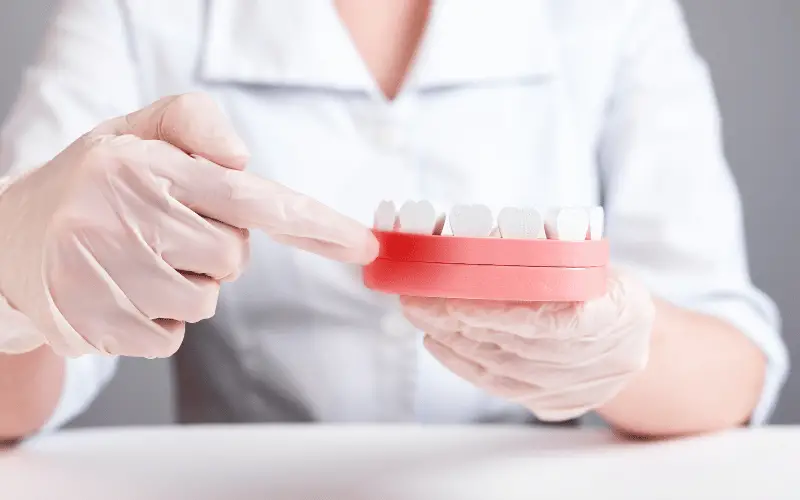Introduction: Navigating the Complex World of Peri-Implantitis
Peri-implantitis is a condition that has been gaining more recognition and understanding in recent years, yet there is still much to uncover. This condition affects a significant portion of dental implant patients, leading to discomfort, potential bone loss, and even the loss of the implant itself if not properly addressed.

In the next few sections, we will explore what peri-implantitis is, delve into its symptoms, risk factors, and prevention strategies, and provide insights on its treatment options. By the end of this article, you will have a well-rounded understanding of peri-implantitis, empowering you to take proactive steps in your dental health journey.
1. Gum Redness – A Warning Sign Not to Ignore

Gum redness surrounding a dental implant is a common early indicator of peri-implantitis. When the tissues around the implant become inflamed, it often results in a noticeable change in color. The gums may appear brighter or darker red compared to the normal pink hue of healthy gum tissue.
In this initial stage, the change might be subtle, and there could be a temptation to overlook it. However, it’s vital to pay attention to these changes, as they are your body’s way of signaling that something isn’t quite right. This redness is often more pronounced when compared directly to the gum tissue surrounding natural teeth.
Additionally, this redness is typically not uniform. It may present more intensely in certain areas, particularly where the infection is most prevalent. The uneven appearance can serve as a visual cue, guiding dental professionals to the areas that may require closer examination.
Addressing gum redness at this early stage is crucial. When caught early, interventions can be more effective, potentially preventing further progression of the condition. Professional evaluation and timely response can make a significant difference in the outcome, underscoring the importance of regular dental check-ups and vigilance in observing changes in one’s oral health. (1)